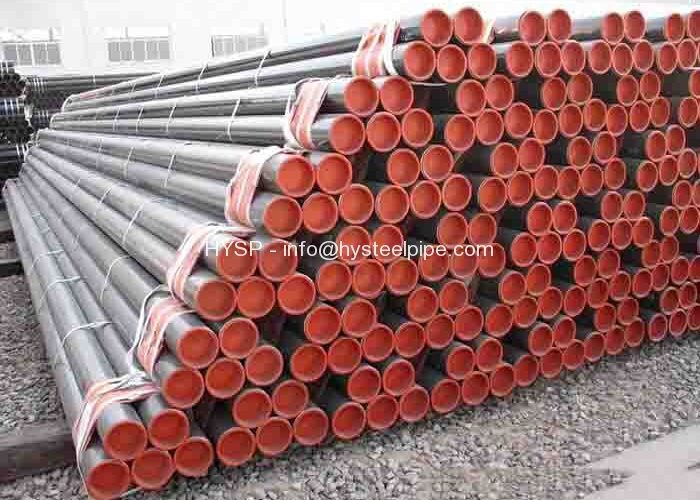
MUMBAI: HEG is probably at an inflection point. The manufacturer of graphite electrodes, a material used in electric arc steel furnaces, is set to benefit from a gradual turnaround in global steel demand. Increasing popularity of electric arc furnaces where the electrodes are used also augurs well for the company.
At present, 30% of steel globally is manufactured using electric arc furnace (EAF) method and the rest in basic oxygen furnace (BOF). But steel manufacturing is increasingly moving to the electric furnace method.
According to the management, EAF’s share in crude steel making is likely to grow exponentially to eventually overtake BOF. “In the first half of 2014, electric arc furnace production has gone up by more than 8% (globally) while total steel output has gone up by only 2.5%,” said R Rastogi, chief financial officer, HEG.
As a result, HEG’s June 2014 operating profit nearly increased 140% yoy. The primary reason for this is China, which accounts for more than half the global steel production and consumption. The share of EAF in Chinese steel production is just 9.5% – it is more than 50% in developed economies – but is increasing at a rapid pace due to rising inventory of scrap iron.
It is projected that a huge steel scrap reservoir in China is now being packed for use in the electric arc furnace sector. This trend in China is a “huge positive” for Indian electrode manufacturers, said Rastogi. BOF uses iron ore and coal while EAF uses scrap iron and power; the electrodes are used as conductors of electricity in the furnace. Globally, there are five players which together have 75% of the electrodes market.
Two of them – HEG and Graphite India – are Indian. With higher cost advantage over their global counterparts, the Indian players have been consistently gaining market share. The past few years had been bad for the electrodes industry, as global steel demand was low. The capacity utilisation of HEG has dropped to less than 70% because of this.
However, with the gradual but important shifts in the global economy, the worst seems to be over for the company. More than 75% of HEG’s revenue is from exports. Its India revenue too could grow with a pickup in the domestic steel demand. All these could lead to sharp earnings growth for HEG.
In the June quarter, its profit after tax was Rs 19 crore compared with a loss of Rs 9 crore in the previous year. “Improving earnings will help us reduce our debt by the end of FY15 and become debt free by FY16-end. This will improve all our ratios,” said Rastogi. HEG’s long-term debt at the end of FY14 was close to Rs 200 crore.
Among Indian electrode manufacturers, HEG’s shares are trading at 8.5 times its earnings for the trailing 12 months, compared with 13 times for Graphite India. HEG with a capacity of 80,000 million tonnes has a market capitalisation of Rs 1,000 crore while Graphite India with a capacity of 98,000 mt has a market value of Rs 2,160 crore. In the past six months, HEG’s stock has gained 22%, compared with 43% gain in Graphite India’s stocks.
Send Enquiry Now
- 168#, Miao Qian Xi Jie, Yue Xiu District, Guangzhou, China
- ENQUIRY@HYSTEELPIPE.COM
- CONTACT US HERE !
New Products

ASTM A335 Grade P22 Alloy Pipe Steel 3inch SCH120
HYSP supplies high quality ASTM A335 Grade P22 Alloy Pipe Steel and tube 3inch SCH120 for high pressure and temperature applications.
ERW Steel Tubing 12inch ASTM A53 B
HYSP Steel Pipe supply you ERW Steel Tubing 12inch ASTM A53 B SCH40 or API 5L ERW steel pipes for your gas and oil line pipe or water pipes application.
API 5L B ERW Steel Tube OD 426MM
HYSP makes API 5L B ERW Steel Tube OD 426mm x 9.53mm WT DRL for your applications like gas and oil line pipe. we can customize size and steel grade per request.
L235 ERW Pipe EN10224 OD 323.9mm
HYSP steel pipe makes L235 ERW Pipe EN10224 OD323.9mm steel tubes for the conveyance of water and other aqueous liquids. we also produce as required size.

